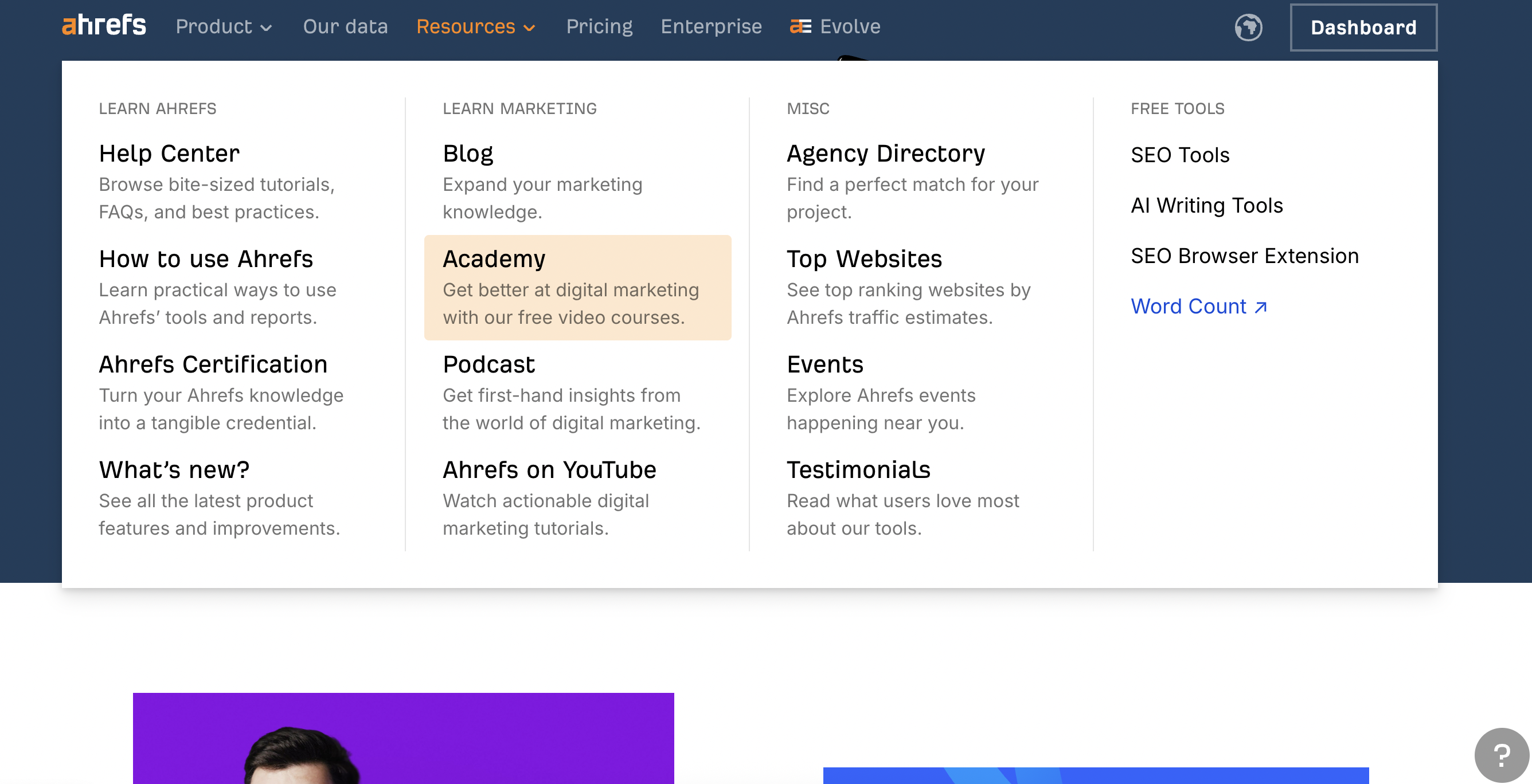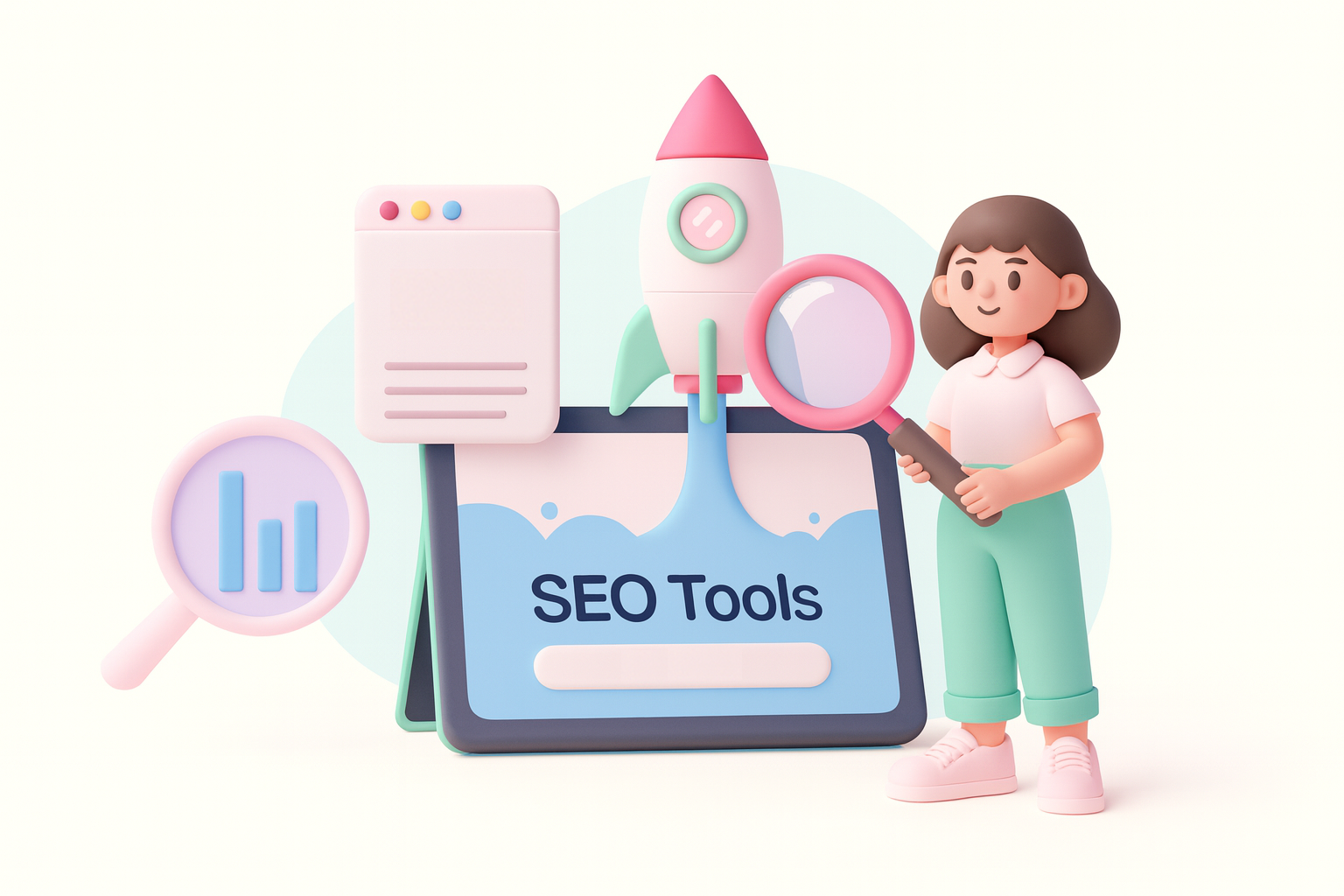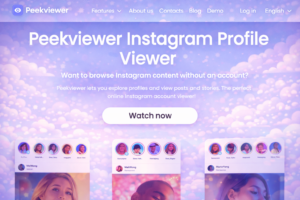Search “best on-page SEO tool” and you’ll find endless lists, reviews, and rankings.
That doesn’t make the decision any easier. The truth is, you don’t need the tool with the longest checklist of features: you need one that fits your strategy and your workflow.
A good SEO tool should make your life easier, not more complicated. It should help you optimize pages efficiently, stay organized, and focus on what actually drives rankings.
In this article, we’ll break down the factors that matter most when making your choice. By the end, you’ll feel confident about picking a tool that supports your goals for the long haul.
The Role of On-Page SEO in 2025
On-page SEO shapes how both people and search engines understand each page on your site. It covers the elements you control directly: content quality and structure, HTML tags, URL conventions, internal links, media, and page experience.
Done well, it gives search engines clear signals about relevance and gives users a seamless path from query to answer.
That combination improves visibility, click-throughs, and engagement, which in turn signals more substantial rankings over time.
Think of it in three layers:
- Content layer: search intent alignment, topical coverage, headings, semantic keywords, and readability.
- HTML layer: title tags, meta descriptions, header hierarchy, schema markup, canonical tags, and image alt text.
- Experience layer: page speed, mobile friendliness, core web vitals, accessibility, and clean internal linking.
Why it matters for the long term: off-page signals (like backlinks) can spike, but on-page quality is what keeps rankings steady.
A page that clearly answers intent, loads fast, and is easy to navigate earns better engagement (time on page, lower pogo-sticking, higher CTR), which reinforces its relevance.
An effective on-page tool helps you audit and improve these factors continuously, not just once.
A quick contrast to ground the scope:
- Technical SEO: how your site is crawled and indexed (sitemaps, robots, server responses, JavaScript rendering).
- Off-page SEO: how the web vouches for you (links, mentions, reputation).
Your on-page tool should touch all three where they overlap (e.g., crawlability issues that block content discovery), but its center of gravity lives on the page itself. - On-page SEO: what your page says and how it’s built.
How to Define Your SEO Needs and Goals
Before you even compare tools, you need clarity on what you’re optimizing for. An on-page SEO tool isn’t a magic button, but rather a support system for your unique goals.
A blogger, an e-commerce brand, and a SaaS company won’t need the same feature set, and choosing without clarity often leads to wasted money or underused dashboards.
Start with your site type and objectives:
- Blog or content site: Focus on keyword optimization, readability, semantic coverage, and tools that score content quality in real time. Content brief generators or readability checkers can also speed up publishing workflows.
- E-commerce site: Prioritize product page audits, schema implementation (e.g., Product, Review, FAQ), duplicate content detection, and image optimization. Page speed and mobile experience directly influence conversions here.
- Local business: Look for tools that highlight mobile usability, local keyword optimization, and integration with Google Business Profile. Features like location-based SERP previews can help you spot ranking gaps.
- Corporate / SaaS site: Reporting and scalability matter most. Team collaboration features, integration with analytics platforms, and API access can streamline workflows across larger teams.
Ask yourself these guiding questions:
- What’s the primary outcome I need (traffic, conversions, or engagement)?
- Am I optimizing a handful of pages or thousands?
- Do I need simple content guidance or deep technical crawling?
- Will multiple people use this tool, or just me?
- How often do I want reporting: daily, weekly, or monthly?
A quick example:
- A food blogger might find SurferSEO or Clearscope invaluable for optimizing recipes around intent and semantic keywords.
- An online store with thousands of SKUs may benefit more from Screaming Frog or Sitebulb, which can crawl massive catalogs and spot duplicate issues at scale.
- A marketing team inside a SaaS company might rely on SEMrush or Ahrefs for reporting, collaboration, and API-driven integrations.
When you define your needs upfront, you create a filter that instantly cuts the noise.
Instead of being dazzled by flashy dashboards, you can ask: Does this tool actually support my goals, or is it a distraction?
That clarity is your first step toward long-term SEO success.
Key Features to Evaluate in an SEO Tool
Not all SEO tools are created equal. Some specialize in crawling for technical issues, while others excel at content optimization or competitor analysis.
The best on-page SEO tool for you is the one that strikes a balance between power and usability, aligning with your needs from the previous step.
To make sense of the crowded market, it helps to break features into must-haves and nice-to-haves.
🔑 Must-Have Features
These are the core essentials that directly impact long-term rankings:
- Real-time content analysis. Tools like SurferSEO or Clearscope score your content against top-ranking competitors, ensuring you cover the right terms, semantic variations, and structure. This helps you stay aligned with search intent while avoiding keyword stuffing.
- Meta tag and header audits. Look for tools that flag missing, duplicate, or poorly optimized titles, descriptions, and H1 tags. These are low-effort fixes with a big impact on click-through rates.
- Mobile-friendliness and Core Web Vitals checks. With Google’s mobile-first indexing, your tool should highlight issues with responsiveness, load speed, and cumulative layout shift (CLS).
- Internal link analysis. Strong internal linking distributes authority and helps Google understand your site’s hierarchy. Tools like Sitebulb or Screaming Frog visualize link flow and identify orphan pages you may have overlooked.
- Crawling for hidden issues. A robust crawler mimics search engine bots to surface broken links, duplicate content, thin pages, and crawl traps. This prevents wasted crawl budget and ensures your content gets discovered.
💡 Nice-to-Have Features
These features aren’t essential for every site owner, but can add serious value depending on your context:
- Competitor benchmarking. Some platforms compare your on-page metrics against direct competitors, showing where they’re outperforming you. Helpful for saturated niches.
- Schema markup assistance. Tools that guide or automate schema implementation (e.g., FAQ, Product, HowTo) can boost your SERP visibility with rich snippets.
- Image optimization audits. Large images slow down sites. Features that flag missing alt text, oversized files, or lack of compression save time during audits.
- Content gap analysis. Platforms like Ahrefs or SEMrush highlight missing subtopics your competitors rank for, giving you a roadmap for content expansion.
- Integrations with GSC, GA, or CMS. Direct integrations make it easier to track progress, pull in keyword data, and embed optimizations into your publishing workflow.
📌 Pro Tip
Don’t get dazzled by features you won’t use. A solopreneur might never need competitor benchmarking, while an enterprise team would struggle without API access.
Always ask: Will this feature directly move the needle on my rankings or workflow?
Usability and Learning Curve
The best tool is powerful as well as intuitive. If a tool requires steep learning curves, it could slow down your workflow or discourage regular use.
Evaluate the interface, documentation, and available support. Many SEO platforms offer tutorials, community forums, and live chat options to assist new users.

A well-designed dashboard with clear visualizations makes it easier to prioritize tasks and monitor progress.
Look for customizable reports that enable you to share data with stakeholders or clients.
Scalability and Performance
Whether you’re managing a single website or dozens, your chosen tool should scale with your growth.
Consider how many pages or projects the tool can handle simultaneously and how it performs under high data loads.
Some tools throttle crawling speeds or require expensive upgrades to unlock essential features.
Enterprise-grade platforms often offer advanced project management capabilities, team collaboration features, and API access. Even if you’re starting small, investing in a scalable solution can future-proof your SEO strategy.
Data Accuracy and Reporting
Accurate data is at the heart of smart optimization. An SEO tool must present reliable information about rankings, traffic behavior, and technical health.
Test the depth of analysis and frequency of updates. Outdated data or generic suggestions won’t help your site stay competitive.
Effective reporting features enable trend tracking, historical comparisons, and actionable recommendations.
You should be able to see how changes in your pages impact performance metrics over time. This feedback loop is essential for long-term success.
AI Integration and Smart Recommendations
Instead of static checklists, many SEO platforms now use AI to provide dynamic, context-aware recommendations that go beyond simple keyword density.
This can be a game-changer for long-term success because it helps you adapt faster to shifting algorithms and evolving user intent.
How AI enhances on-page SEO tools:
- Content optimization: AI-driven tools like Clearscope, SurferSEO, or Jasper analyze top-ranking pages and suggest semantic keywords, subtopics, and readability improvements in real time.
- Predictive insights: Some platforms forecast how changes (like rewriting a meta description or restructuring a heading) may influence rankings before you hit publish.
- Automation: AI can handle repetitive tasks such as flagging duplicate content, rewriting meta tags, or suggesting internal links at scale.
- Personalization: Advanced tools adjust recommendations based on your niche, site type, and audience behavior, rather than giving one-size-fits-all advice.
Search algorithms increasingly prioritize context, relevance, and user experience. An AI-powered tool adapts to these shifts more quickly than a static checklist-based tool.
It doesn’t just tell you what’s wrong, but helps you understand why it matters and how to fix it in a way that aligns with search intent.
What to look for in AI-driven tools:
- Natural language processing (NLP) for semantic keyword and topic suggestions.
- Automated reporting that highlights trends, not just raw numbers.
- Clear explanations behind recommendations (avoid “black box” AI that feels like guesswork).
- Balance between automation and control. You should still be able to override AI suggestions when needed.
Pro tip: AI should support your decision-making, not replace it. Use it to speed up audits, spark content ideas, and catch hidden issues, but always apply your own judgment to ensure the changes fit your brand and strategy.
Cost vs Value
Budget is always a consideration, but choosing the cheapest tool can be counterproductive if it lacks essential features.
Conversely, some pricey enterprise solutions may be overkill for individual site owners.
Assess whether the cost justifies the value offered in terms of time saved, insights gained, and improvements delivered.
Try free trials or demo versions to get a sense of how each tool functions in a real-world context.
Reviews and testimonials from similar users can also help assess long-term reliability and ROI.
Staying Ahead of Algorithm Changes
Search engine algorithms evolve regularly.
Your SEO tool should adapt alongside these changes. Platforms that stay updated with the latest ranking factors (such as Core Web Vitals, E-A-T (Expertise, Authoritativeness, Trustworthiness), and structured data) provide long-term viability.
Continuous product development, timely patches, and proactive alerts about algorithm shifts give you an edge in maintaining top rankings.
Choose a tool that demonstrates commitment to innovation and responsiveness.
Making the Final Decision
Ultimately, the right on-page SEO tool should simplify your work while enhancing your results. It should provide actionable insights, support your growth, and integrate smoothly with your existing systems.
Balancing usability, depth, scalability, and support will set the stage for sustained ranking performance.
Selecting the right tool is less about instant results and more about nurturing an SEO ecosystem that flourishes over time.
As your website evolves and competition intensifies, a dependable on-page SEO platform will be your constant companion in the pursuit of long-term success.
Dominate your niche without draining your wallet using the cheap SEO on-page tool – Seosets.com, where simplicity meets smart strategy.








